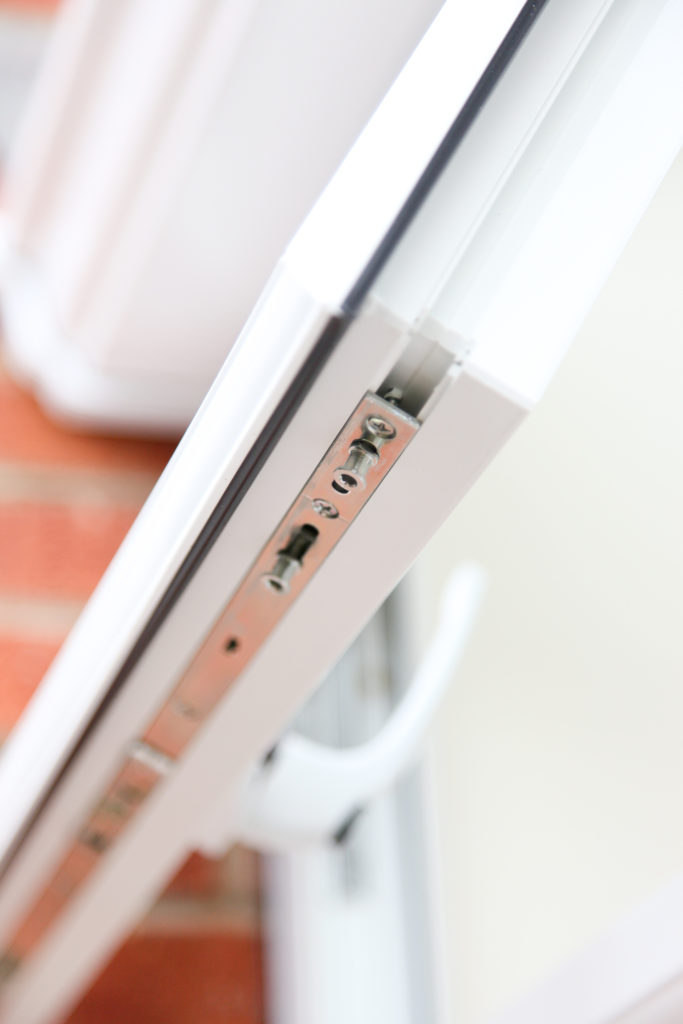Home → Windows → Windows FAQs → How do I clean my uPVC windows?
Many of the new windows sold by KLG Rutland and other suppliers are made from uPVC (also known as PVCu or unplasticised polyvinyl chloride). This synthetic material comes with a smooth, shiny finish that should retain a clean, fresh look all year round.
Unlike wood and other materials, uPVC will withstand all kinds of weather conditions without rotting or cracking. You also won’t have to worry about peeling paint if you stick with the appearance they come with. Because uPVC looks so good on its own, the best thing to do is decide what you want your windows to look like when you buy them. If you do, keeping them clean will be as simple as giving them the occasional wipe.
Cleaning your uPVC window frames
If you want the frames to maintain their natural colour and texture, all you need to do is make up a bowl of warm, soapy water (your regular washing up liquid will be fine – you don’t need to splash out on specialised products) and wipe the windows down with a soft, non-abrasive cloth or sponge. If you’re proactive and give them a once-over every few months, you’ll keep tricky patches of dirt at bay and the job shouldn’t take long.
The other thing to bear in mind with modern frames is all of the spaces that you can find when you open them up. While the units themselves should be more or less sealed when closed, there are different grooves and tracks around the edges that can gather dirt and potentially scratch or block internal drainage channels. To clean these, simply open up the windows and go round the edges with the brush nozzle of a hoover. You’ll clean out all the dirt lodged inside and prevent them from scratching, rubbing or getting blocked drainage channels.
Cleaning the glass itself
Cleaning the glass itself should also be an easy job. While it’s probably worth paying a window cleaner to sort out the outside of your windows, you can keep them clean on the inside with window cleaning spray or more of the warm soapy water you used for the uPVC.
Once again, it’s important that the cloth or sponge you use to clean them with is non-abrasive, as you don’t want to scratch the glass. You can then dry the glass with a cloth or rag to stop it smearing and to catch any last bits of dirt.
Cleaning products to avoid
If you stick to the basics of soapy water, there’s not a lot that can go wrong with your windows. Problems will only arise if you start to use stronger cleaning products instead. Avoid anything corrosive, like bleach, nail varnish remover and white spirits, even if you’re dealing with a stubborn stain. These products are as likely to corrode or discolour the uPVC as they are to clean it – it could be an expensive mistake to make!
You should also avoid applying too much pressure or using abrasive materials as you’re wiping the frames and glass. If you’re not careful, you could scratch the surfaces or cause damage to the structure. However, if you keep it simple and stick to gentle materials, cleaning your uPVC windows will be easy.


